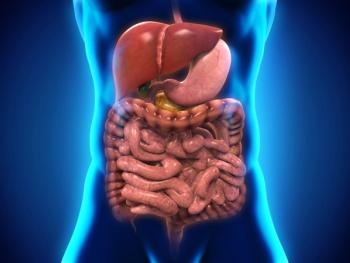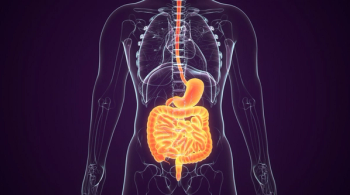
Platelet Autoantibodies in Bone Marrow of Patients with ITP
This study is the first to show anti-GPIIbIIIa and anti-GPIbIX in the bone marrow of patients with immune thrombocytopenia.
A study published in Blood Advances is the first demonstration of platelet autoantibodies, particularly antiglycoprotein (GP) GPIIbIIIa and anti-GPIbIX, in the bone marrow of patients with immune thrombocytopenia (ITP).
Specifically, the autoantibody profiles of patients with ITP from this study indicated that ITP is a heterogeneous disease involving mechanisms dependent and independent of autoantibodies that ultimately lead to a diagnosis of thrombocytopenia.
“The presence of anti-GPIIbIIIa and anti-GPIbX autoantibodies in the [blood marrow] of ITP patients suggests that this compartment is involved in the pathogenesis of ITP,” the authors wrote.
In this study, researchers modified the platelet glycoprotein-specific assay to evaluate bone marrow aspiration samples for free platelet autoantibodies or antibodies bound to bone marrow cells in aspirate fluid from 18 patients with ITP, 3 patients with nonimmune thrombocytopenia, and 6 healthy donors.
In total, 56% of patients with ITP had autoantibodies in the bone marrow, including 50% with autoantibodies in bone marrow only and 50% with autoantibodies in bone marrow and peripheral blood. Comparatively, 33% of patients with ITP had autoantibodies in peripheral blood, the majority of which (83%) also had autoantibodies in bone marrow. Importantly though, bone marrow autoantibodies were not identified in patients with nonimmune thrombocytopenia or healthy donors; however, peripheral blood autoantibodies were found in 33% patients with nonimmune thrombocytopenia.
Notably, the sensitivity of platelet autoantibodies for the diagnosis of ITP increased from 60% with peripheral blood testing to 72% with peripheral blood and bone marrow testing.
“Autoantibodies from ITP patients can cause megakaryocyte inhibition, impair pro-platelet formation, and reduce interaction between megakaryocytes and the [blood marrow] niche,” the authors wrote. “Binding of autoantibodies may also prime megakaryocytes and platelets for immediate destruction through phagocytosis or apoptosis.”
“[Bone marrow] autoantibodies likely interfere with megakaryopoiesis and thrombopoiesis reducing platelet production,” the authors continued. “These autoimmune mechanisms involve sequestration of autoantibodies and platelets in the [bone marrow], potentially explaining the occurrence of a low platelet count with negative serology in ITP patients.”
There was, however, a lack of differentiation between megakaryocyte-bound autoantibodies and platelet-bound autoantibodies in the blood marrow of patients studied because these cells are rare and difficult to isolate from the limited sample volume. In addition, the researchers indicated that antibody titers may be important indicators of disease, though they were unable to reliably compare autoantibody titers between blood marrow and peripheral blood due to nonstandardized dilutions and processing methods.
“[Blood marrow] sampling is a minimally invasive procedure that is commonly performed in the hematologist’s office,” the authors concluded. “The autoantibody profiles of ITP patients from our study indicate that ITP is a heterogeneous disease involving mechanisms dependent and independent of autoantibodies that ultimately result in thrombocytopenia.”
Reference:
Shrestha S, Nazy I, Smith JW, Kelton JG, Arnold DM. Platelet autoantibodies in the bone marrow of patients with immune thrombocytopenia. Blood Advances. doi: 10.1182/bloodadvances.2020001846.
Newsletter
Stay up to date on recent advances in the multidisciplinary approach to cancer.

















































































